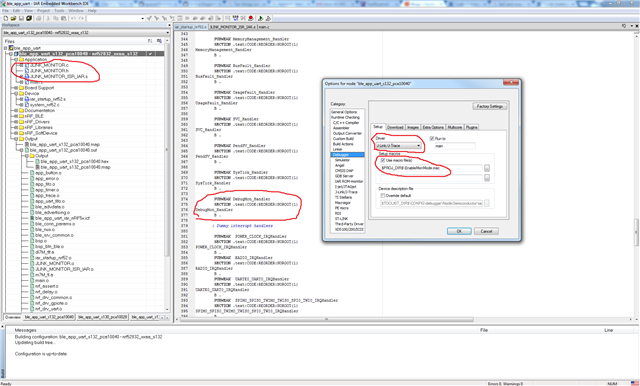
What is the Address Resolution Protocol (ARP)?

This mess of a system somehow works cohesively to bring the cat picture from the server to your phone’s screen.

MACSPOOF IN MONITOR MODE SOFTWARE
It takes the data for the cat picture from the internet layer software and delivers them to your device.Įach of the above layers can have a bunch of different protocols running through them to complete their jobs.

It can seem as if your phone and the server that hosts the cat pictures are connected like two cups on a string, and that like two children playing telephone, the cat picture just travels along some wires and appears on your phone like the sound of a voice over the string. When you open up the web browser on your phone, the memes and cat pictures are delivered to you almost instantaneously and with little effort, making the process seem simple.

Before we can talk about the ARP protocol, we need to back up just a little bit further and talk about the Internet protocol suite. The technique is often used to initiate further offensives, such as session hijacking or denial-of-service.īefore you can understand what ARP poisoning is, it’s important to have a solid background on the ARP protocol. It only works against networks that use ARP.ĪRP poisoning is a type of man-in-the-middle attack that can be used to stop network traffic, change it, or intercept it. ARP poisoning does this by associating the attacker’s Media Access Control (MAC) address with the IP address of the target. These attacks attempt to divert traffic from its originally intended host to an attacker instead. It’s also known as ARP spoofing, ARP poison routing and ARP cache poisoning. Address Resolution Protocol (ARP) poisoning is an attack that involves sending spoofed ARP messages over a local area network.


 0 kommentar(er)
0 kommentar(er)
